In a surprising twist, almost 1,000 tropical islands in Maldives, once predicted to shrink, are now growing.
Recent analyses of aerial photos and satellite images over several decades show that these islands are bucking the trends anticipated by climate change scientists.
Rethinking Conservation Perspectives
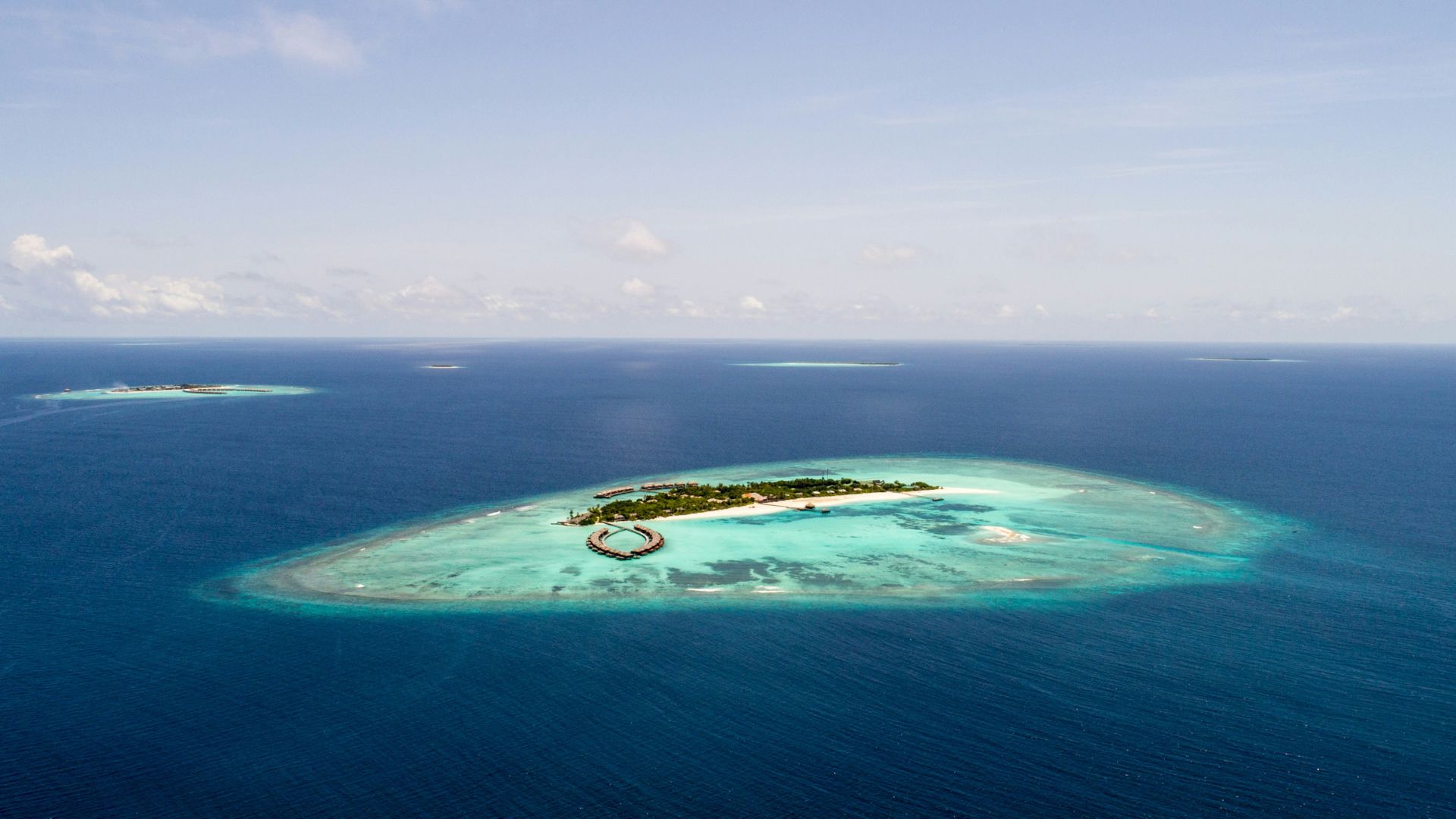
This development is a key milestone in environmental conservation, showcasing the resilience of nature in unexpected ways.
Highlighted by The New York Times as perhaps the most significant comeback story in conservation, it prompts a reevaluation of our understanding of how natural systems react to environmental stresses.
Rising Above the Rising Seas
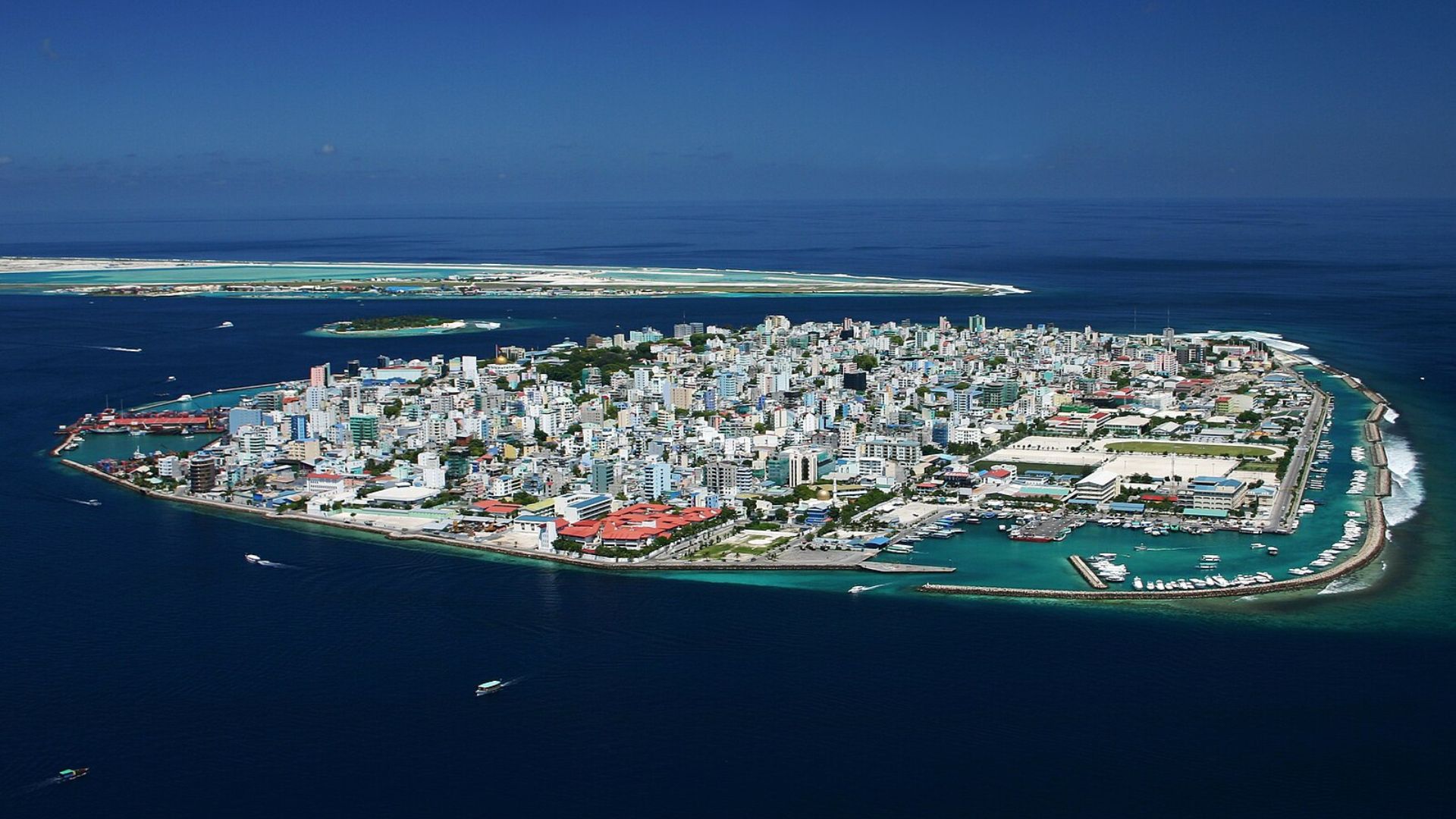
Despite ongoing global warming, which has led to rising sea levels and melting ice caps, these islands have held their ground—literally.
Research indicates that many have not only remained stable but have also grown, challenging previous assumptions about their fate.
Researchers Caught Off-Guard
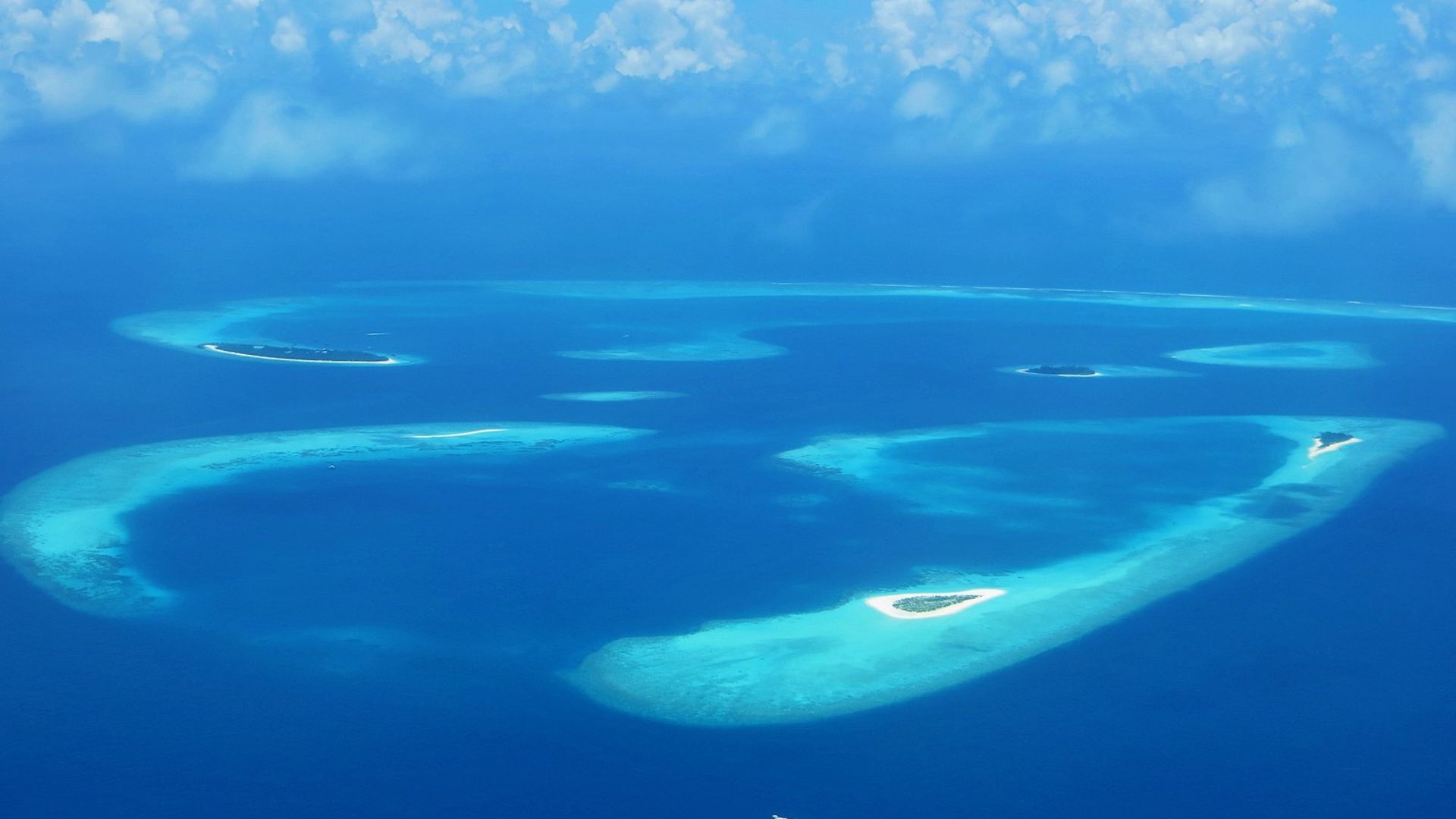
Paul Kench, a leader of this surprising study, shared his astonishment: “I’m not sure we really knew what we would find.”
His team’s findings have significantly shifted the scientific dialogue about the resilience of island nations.
More Than Just Land
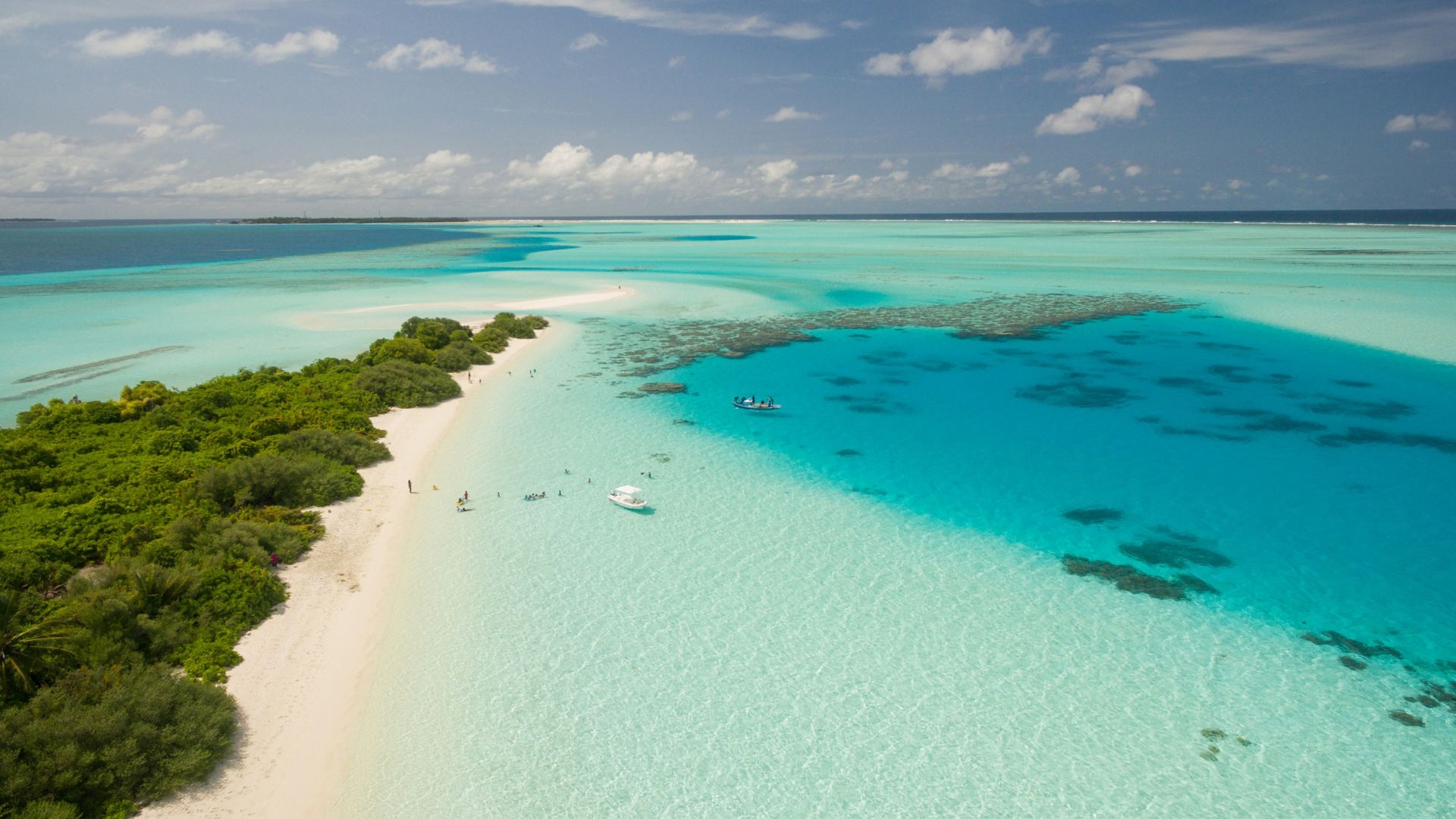
The unexpected stability of these islands is vital for protecting the diverse ecosystems and cultures they support.
This stability helps sustain local communities and prevent the displacement that could lead to an increase in climate refugees.
Stabilizing Effects on Urbanization
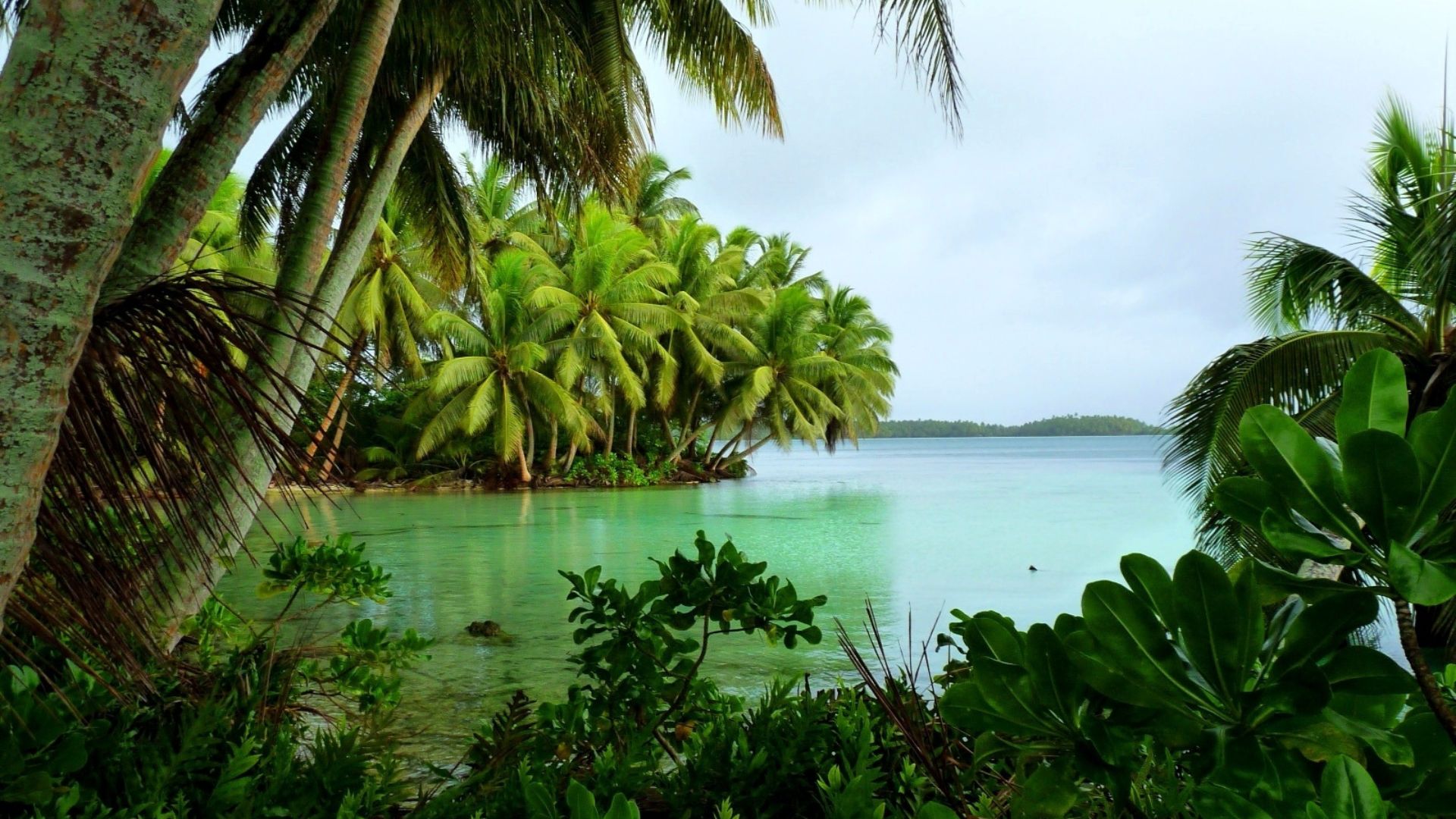
The enduring presence of these islands is crucial in controlling the potential surge of climate refugees to urban areas, which are already facing population pressures.
This aspect of the islands’ stability offers a broader impact on global social dynamics and urban planning.
The Role of Natural Forces
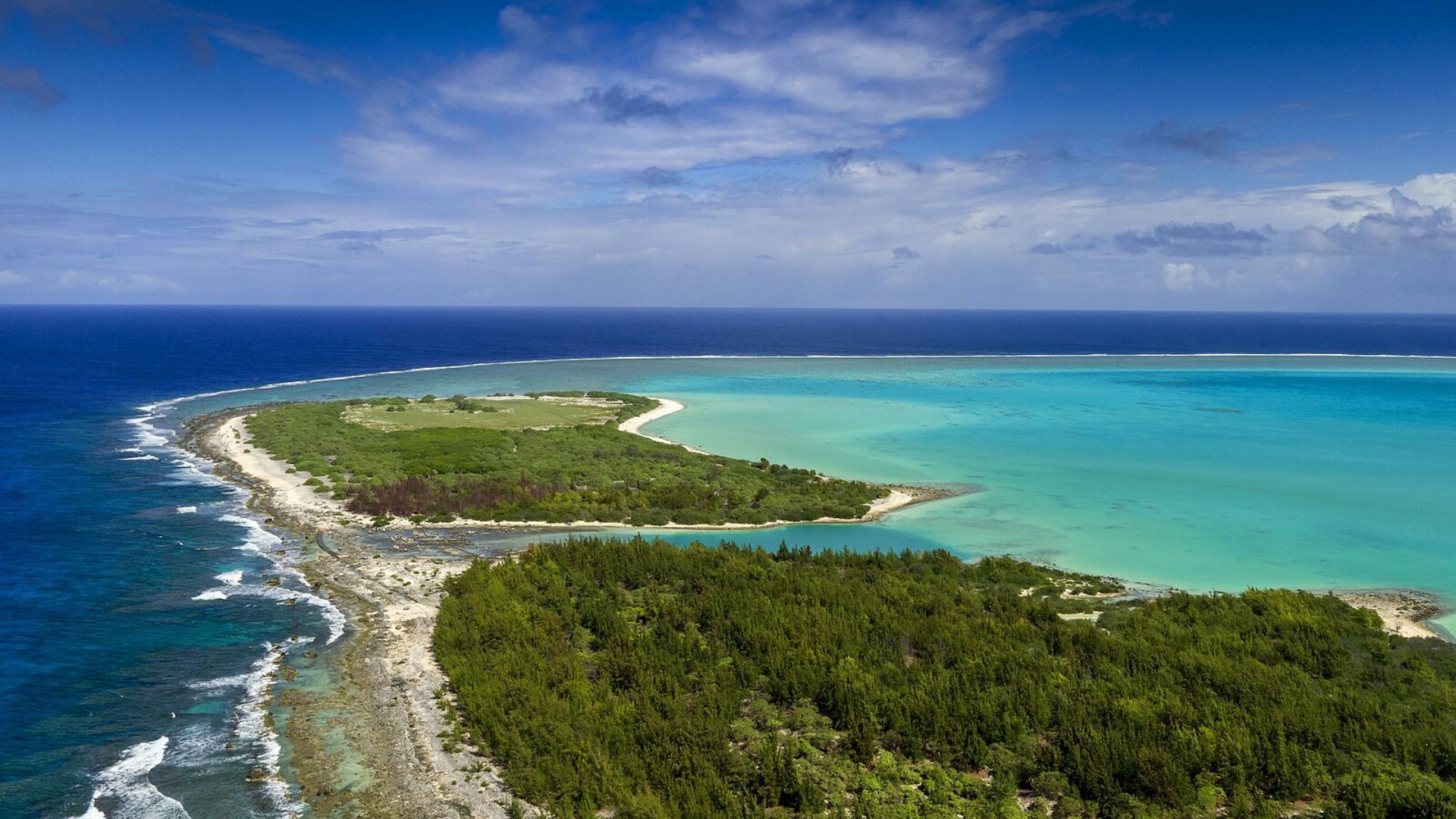
The expansion of these islands is largely due to the accumulation of sand and sediment carried by ocean currents and waves.
This natural replenishment helps counterbalance erosion and contributes to their growth, illustrating the powerful interplay between the sea and land.
Dynamic Changes in Island Geography
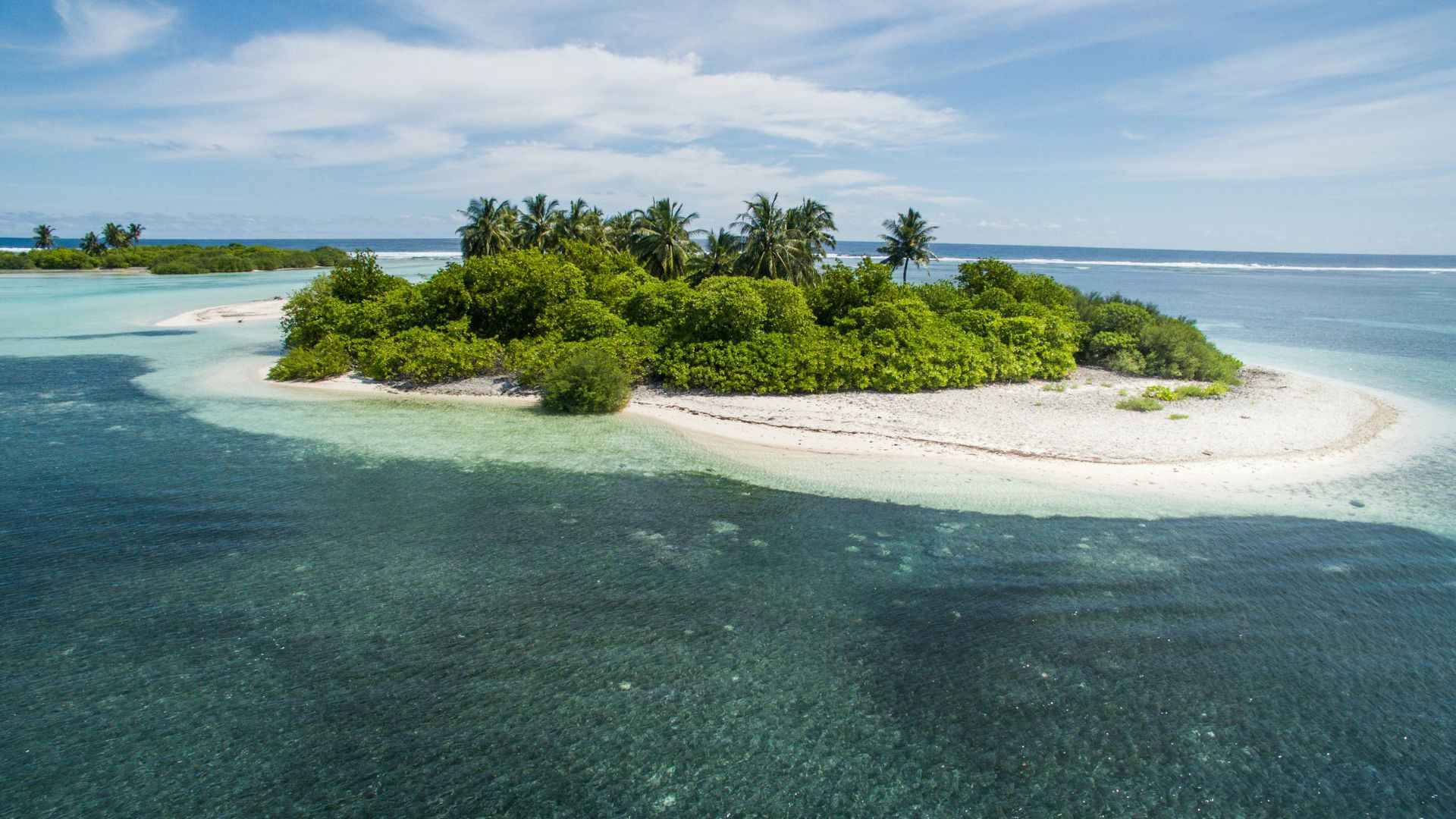
“People obsess on that end of the island,” remarked Kench, highlighting the shifting sands of island geography.
While some areas lose ground, others gain, demonstrating the dynamic nature of these landscapes.
Time for Tactical Adaptations
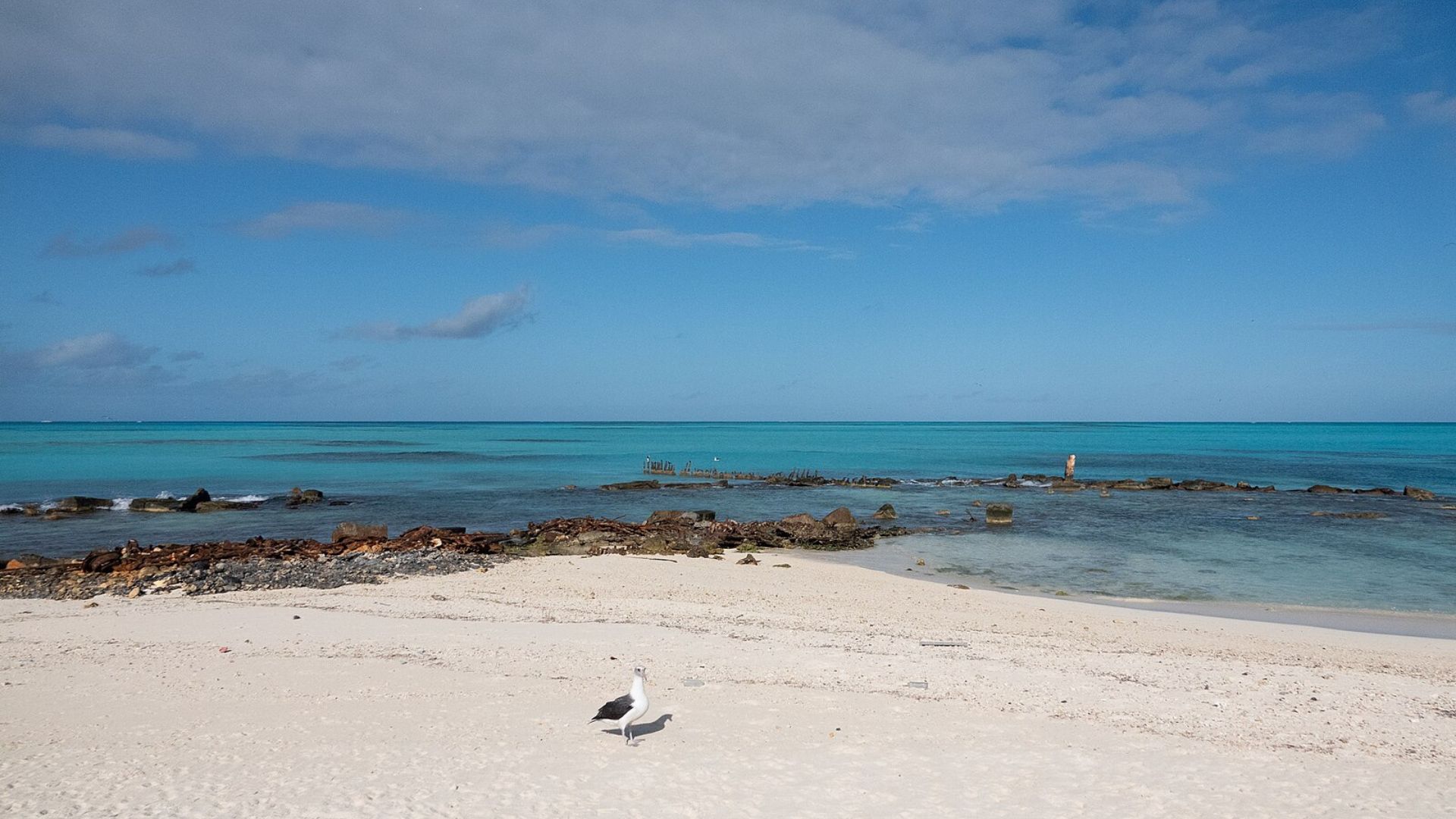
The growth of these islands provides atoll nations with crucial time to strategize and adapt to environmental changes.
Protecting and reinforcing growing shorelines can foster more resilient communities and bolster conservation efforts.
Embracing the Environmental Challenge
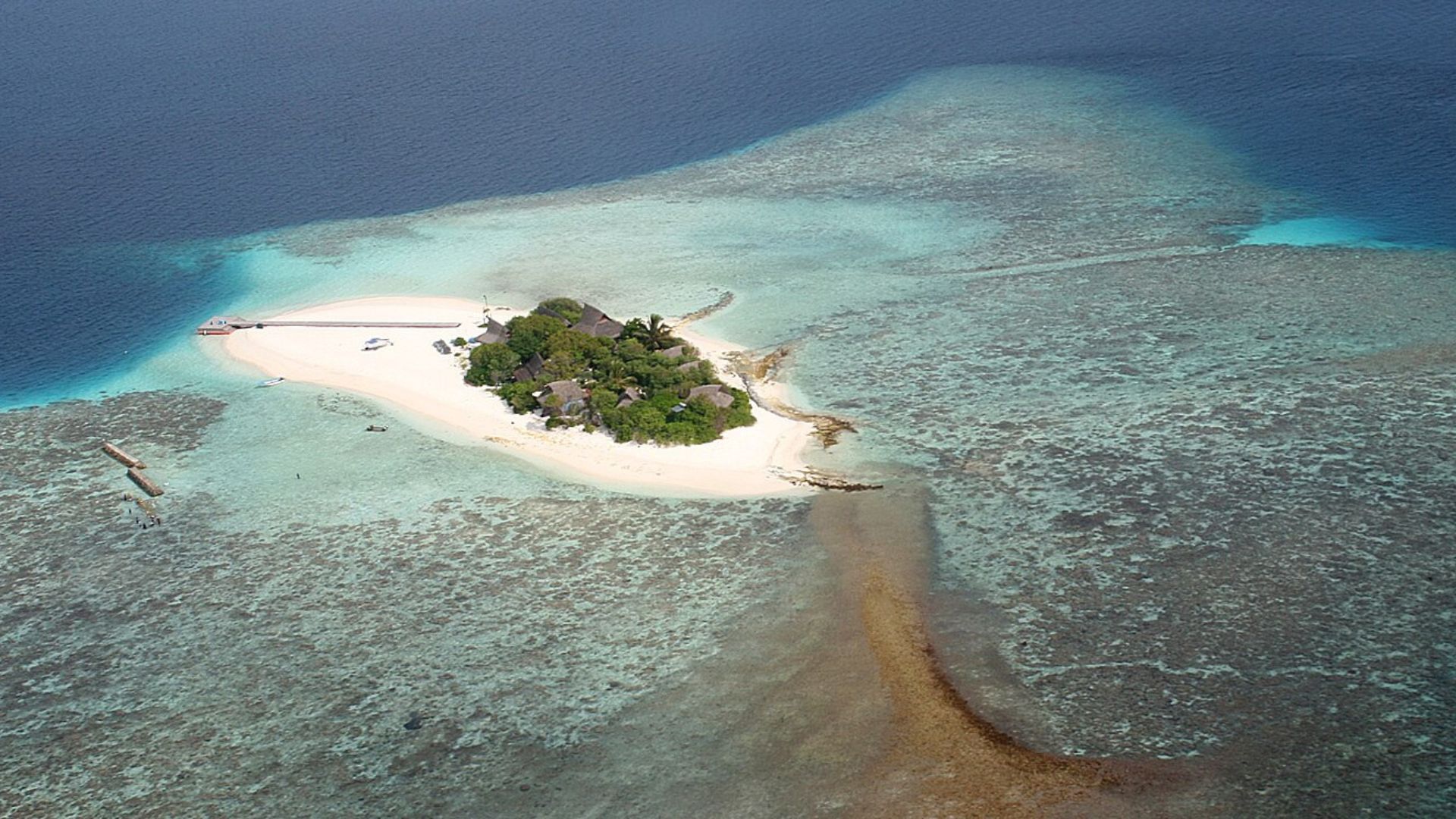
Kench emphasizes the adaptive challenge: “To me, that’s the challenge.”
This perspective illustrates the importance of proactive strategies in community planning and environmental management to face ongoing and anticipated climatic variations.
Emblems of Hope
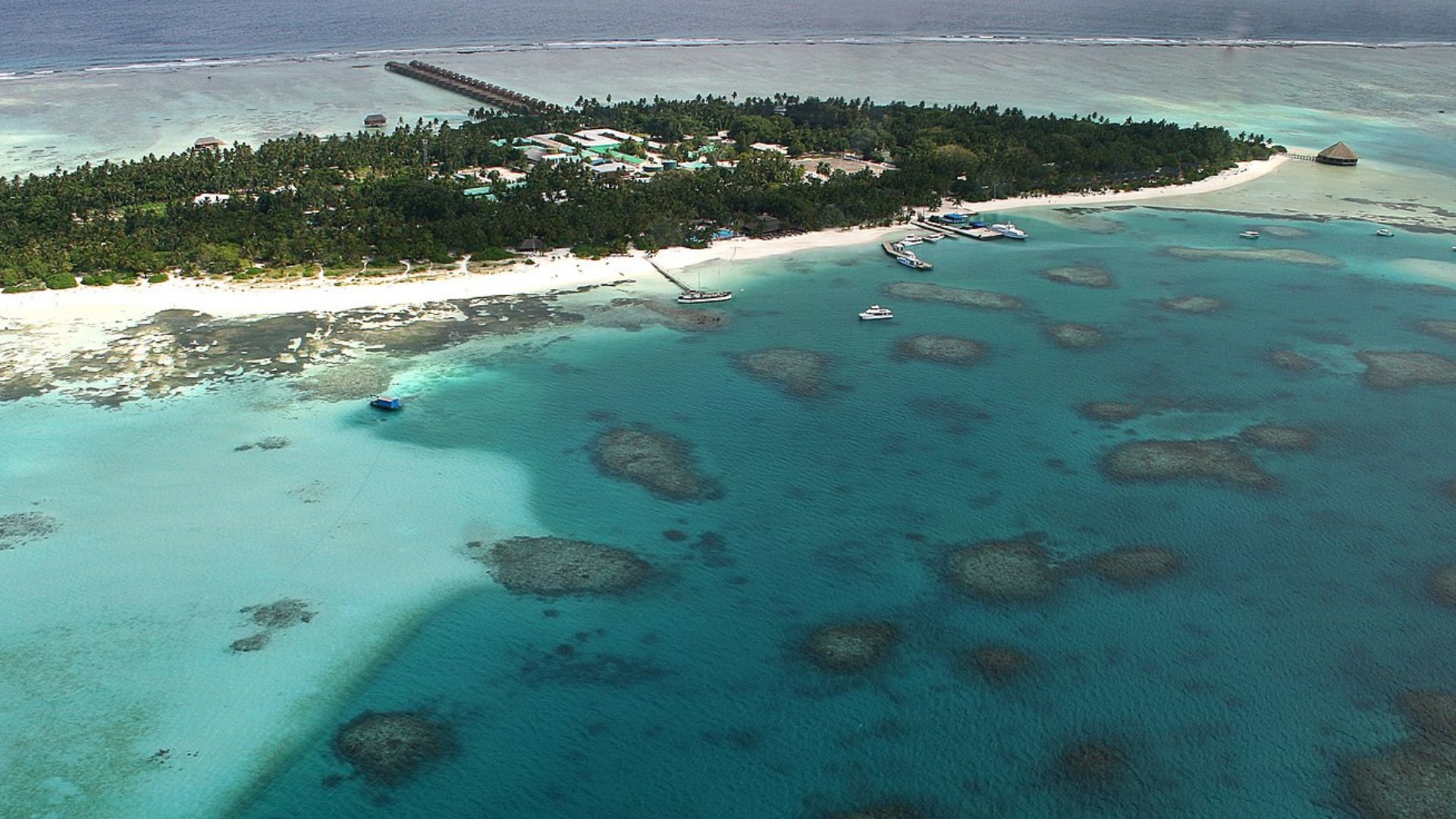
Previously believed to be vanishing, these islands now stand as symbols of hope and resilience.
They remind us of the unpredictable nature of environmental change and nature’s ability to adapt in surprising ways.
Rethinking Our Approach to Nature
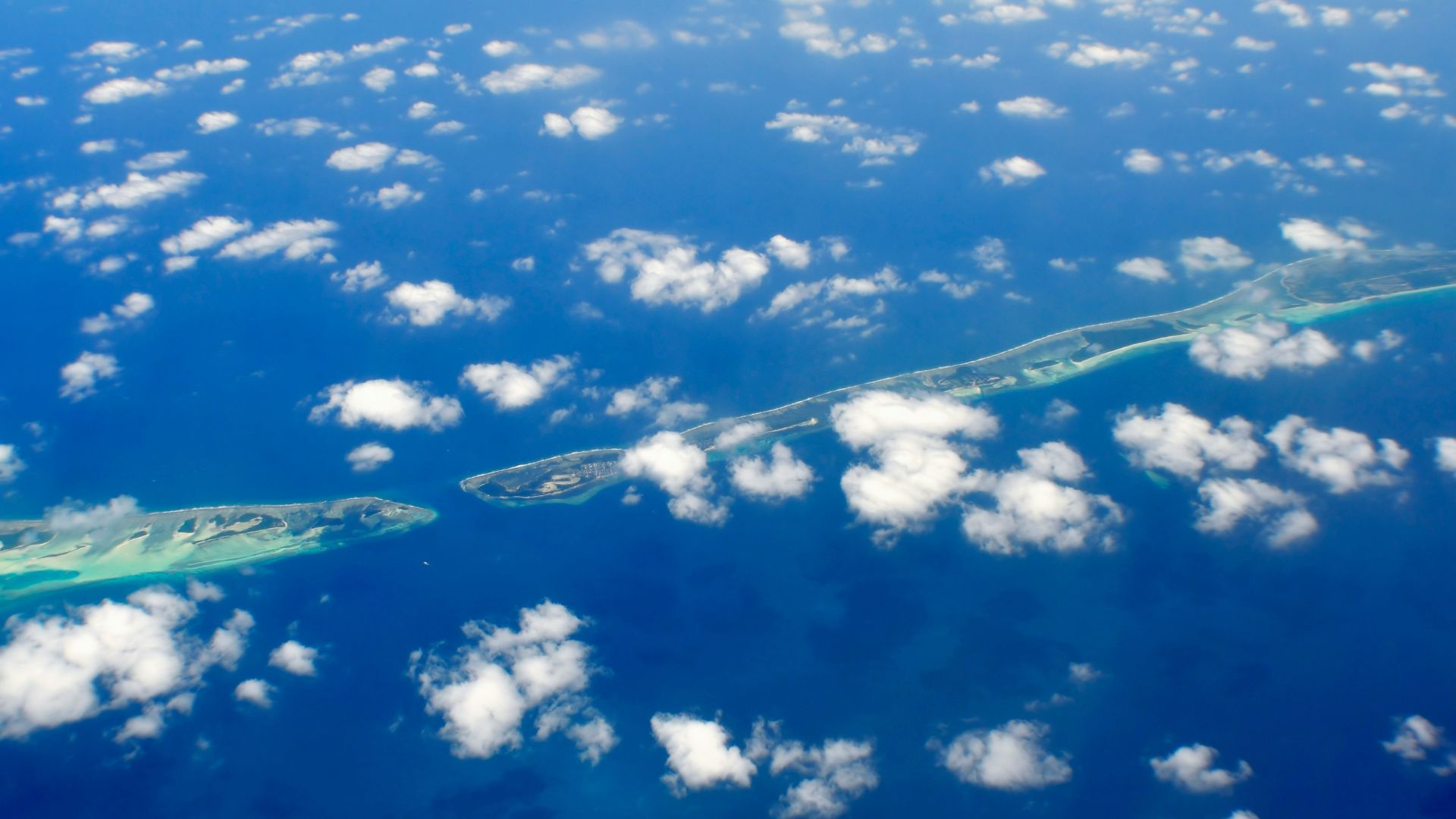
The resilience of these islands invites us to rethink our conservation strategies. Adopting a nuanced approach that incorporates natural adaptive processes might enhance our efforts to preserve and manage natural environments more effectively.
This story encourages us to reconsider our assumptions and adapt our conservation tactics to align with the unpredictable rhythms of nature.
